Today, Garmin unveiled the Rally pedal-based power meter system, and because of our close relationship with the team at Garmin we were fortunate enough to get our hands on three sets of Rally pedals ahead of the official launch. After putting a few hundred miles on them over the past few days in and around Marin County, we’re ready to share our initial impressions.
The Era of Accessible Power Meters
At Above Category, we undoubtedly love power meters and riding bikes equipped with them. We enjoy tracking our ride data, following our progress over time, and searching for ways to get faster. Collectively, we've ridden just about every iteration of the major players’ power meters over the years and are pleased to see how the technology has developed and improved. We're living in an exciting era with a wide variety of options for measuring power outputs while riding. Even with so many options available, there is always room for new innovative technology. And that's why we're so excited about the Rally power meter pedal system: it provides riders with additional power meter options, without requiring any major conversions or modifications to their bikes. The Rally power pedals also gives riders plenty of options for cleat systems, without the hassle of switching from what they already ride.

Power Meters and Pedals
Pedal-based power meters aren’t a new development, but they haven’t always been the most reliable. They have also been used almost exclusively on the road. However with the launch of the new Rally pedal system, Garmin is making a big step forward. Not only were the internals completely rebuilt from the ground up, the pedal bodies have also been redesigned to offer additional options. These additional pedal bodies are what we find particularly intriguing about this new product.

Garmin Rally Pedal Tech Specs
First things first, let’s get some of the technical specs covered. The pedals are available in both single-sided and dual-sided configurations, with three different pedal bodies. The RS bodies feature a Shimano SPD SL cleat interface, the RK feature a Look KEO interface, and the XC feature a Shimano SPD interface. All three of these pedal bodies will be available in both single-sided and dual-sided configurations. The power meter sensors and strain gauges will be housed inside of the pedal spindle and the bodies will be removable for servicing or swapping. Since the pedal spindle is the portion of the unit housing the electronics, riders can have one set of spindles but multiple sets of pedal bodies for ultimate versatility. According to Garmin, the claimed accuracy of the system is an impressive +/- 1%.
The pedals have a 120 hour battery life and utilize an easily swappable coin cell battery in each pedal. The system utilizes both ANT+ and Bluetooth technology to connect to a wide range of head units, smart watches, and smartphones. Garmin is supporting the Rally pedals with a two year warranty.
The weights and prices of the Garmin Rally pedals are the following:
RS200 - 320g / $1100
RS100 - 328g / $650
RK200 - 326g / $1100
RK100 - 334g / $650
XC200 - 444g / $1200
XC100 - 451g / $700
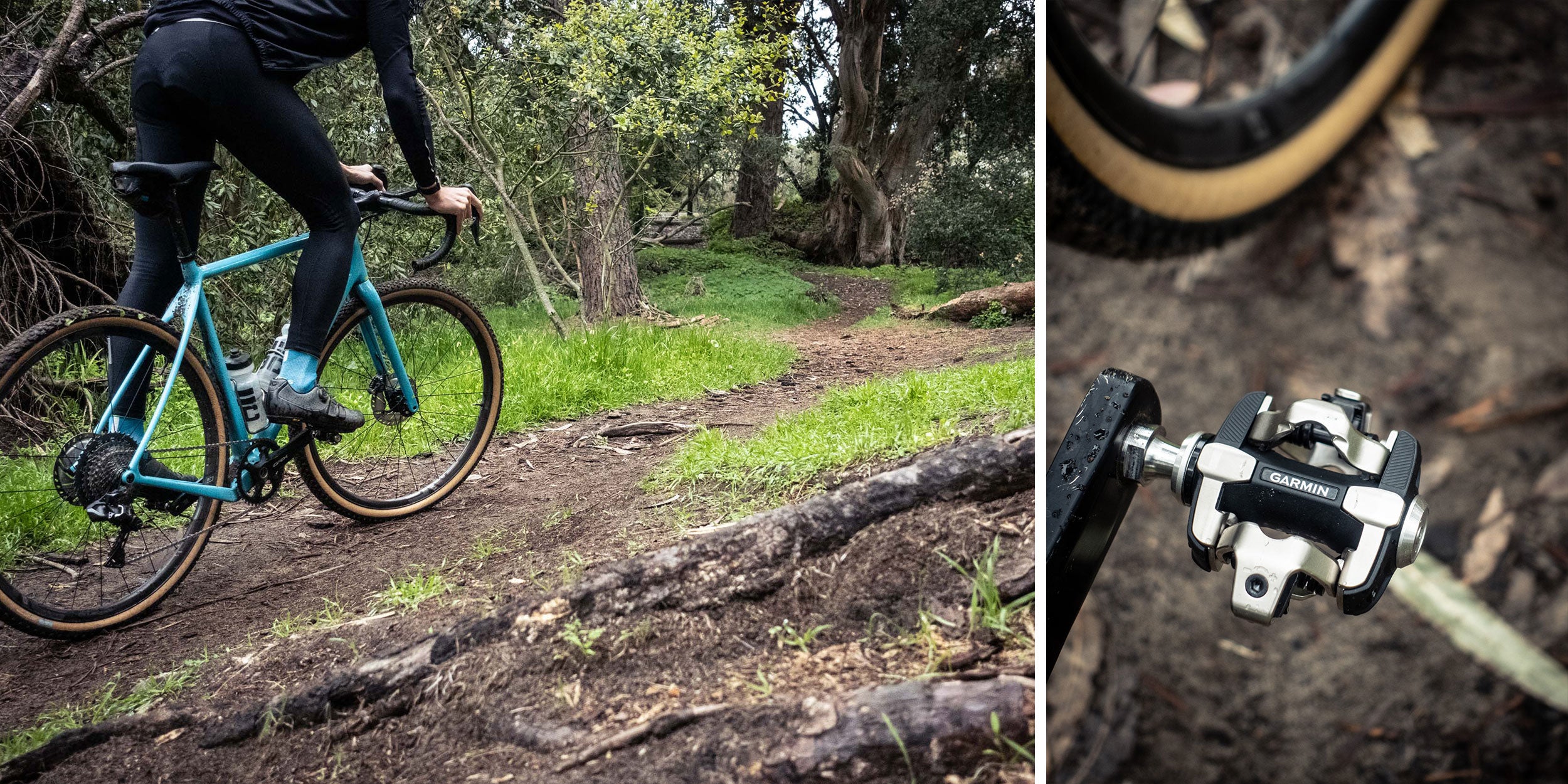
A Power Meter Pedal for the Trails
We love riding gravel and mountain bikes just as much as we love riding on the road. Up until now, there have been rather limited options for off-road capable power meters, especially with today's wider frames shapes to accommodate bigger and bigger tire sizes. And there certainly haven’t been options that could work so seamlessly between multiple off- and on-road bikes. That is where these Rally pedals really begin to stand out from the crowd.
The ability to have one power meter that can be used across all of the bikes in a rider’s stable is certainly a dream scenario. It's not only much more cost effective, but also a way for riders to very accurately track their progression. By using the same power meter on each bike, there is more consistency over time, providing better metrics to track. By limiting variability between power meters on multiple bikes, the numbers will read more consistently across all bikes.

A Pedal Power Meter for Every Bike
The quick and easy swapping of a power meter from one bike to another has always been one of the major benefits of riding a pedal-based power meter system. Most cyclists will have removed/installed a set of pedals at some point, but far fewer have ever pulled apart their crankset to remove it from their bike. Removing or installing a crankset isn’t particularly difficult, but it often requires specific tools and there are some important steps to follow closely. Add to that the myriad of bottom bracket standards and crank spindle dimensions and you can quickly find yourself in over your head. Pedals however, are super easy to swap and can be done very quickly before heading out for a ride.
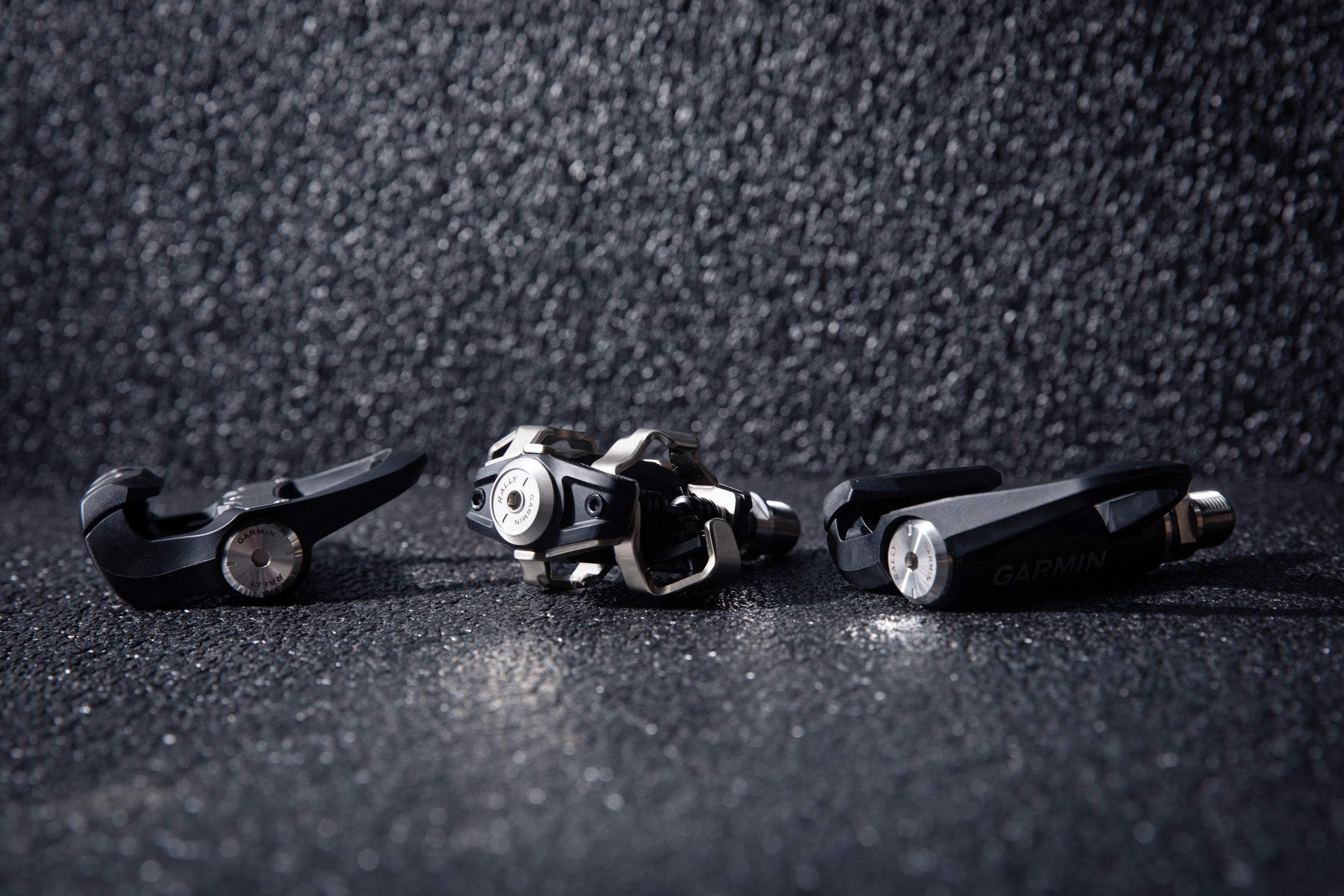
In summary, we believe this is an exciting new product that will provide our clients with many additional options for mounting a power meter on their bikes without having to do any major modifications. We are especially excited by the multiple pedal body options that will enable our clients to ride these pedals and get accurate power readings on a number of different bikes.

Coming Soon: Garmin Rally Pedals Deep Dive
Stay tuned for a more detailed review of this new system in the coming weeks as we buckle down and put some serious miles on our three sets of the Garmin Rally pedals. Additionally, we will highlight the necessary steps to successfully swap from a road configuration to an off road one.
If you are interested in picking up a set of these awesome new Garmin Rally power meter pedals, please reach out to us or check them out here! If you have any questions about the new system, you can leave those below in the comments or contact us directly at the shop. We have a selection of the different models available, in both single-sided and dual-sided configurations.

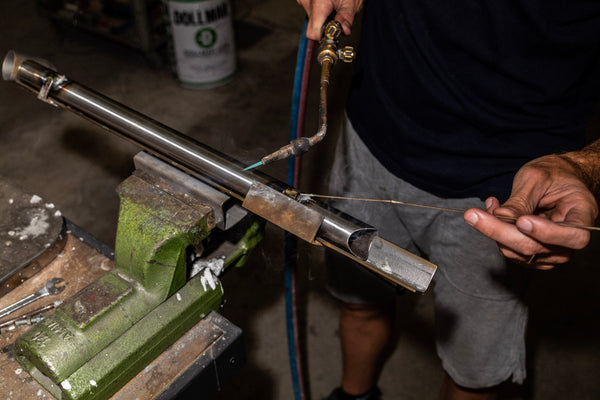
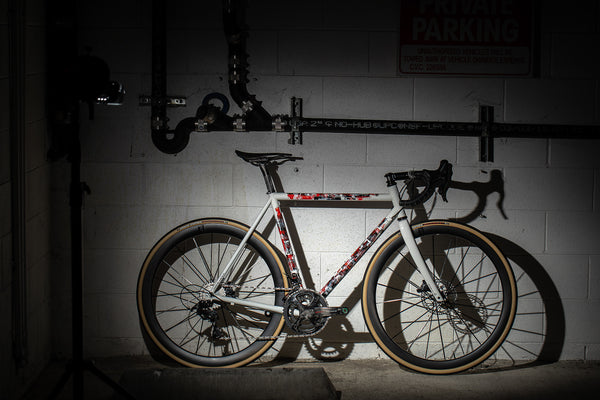
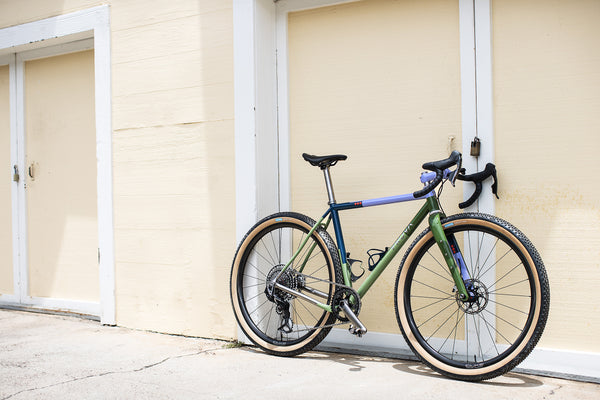
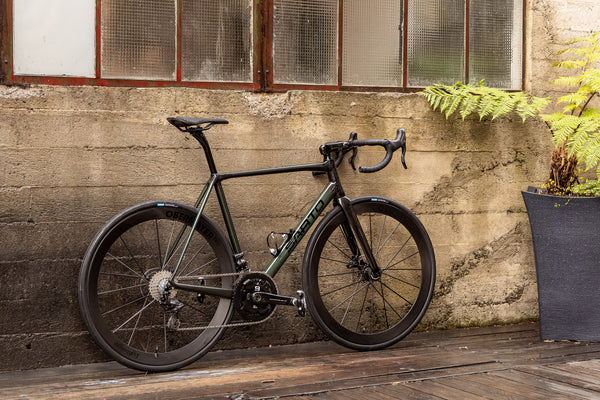
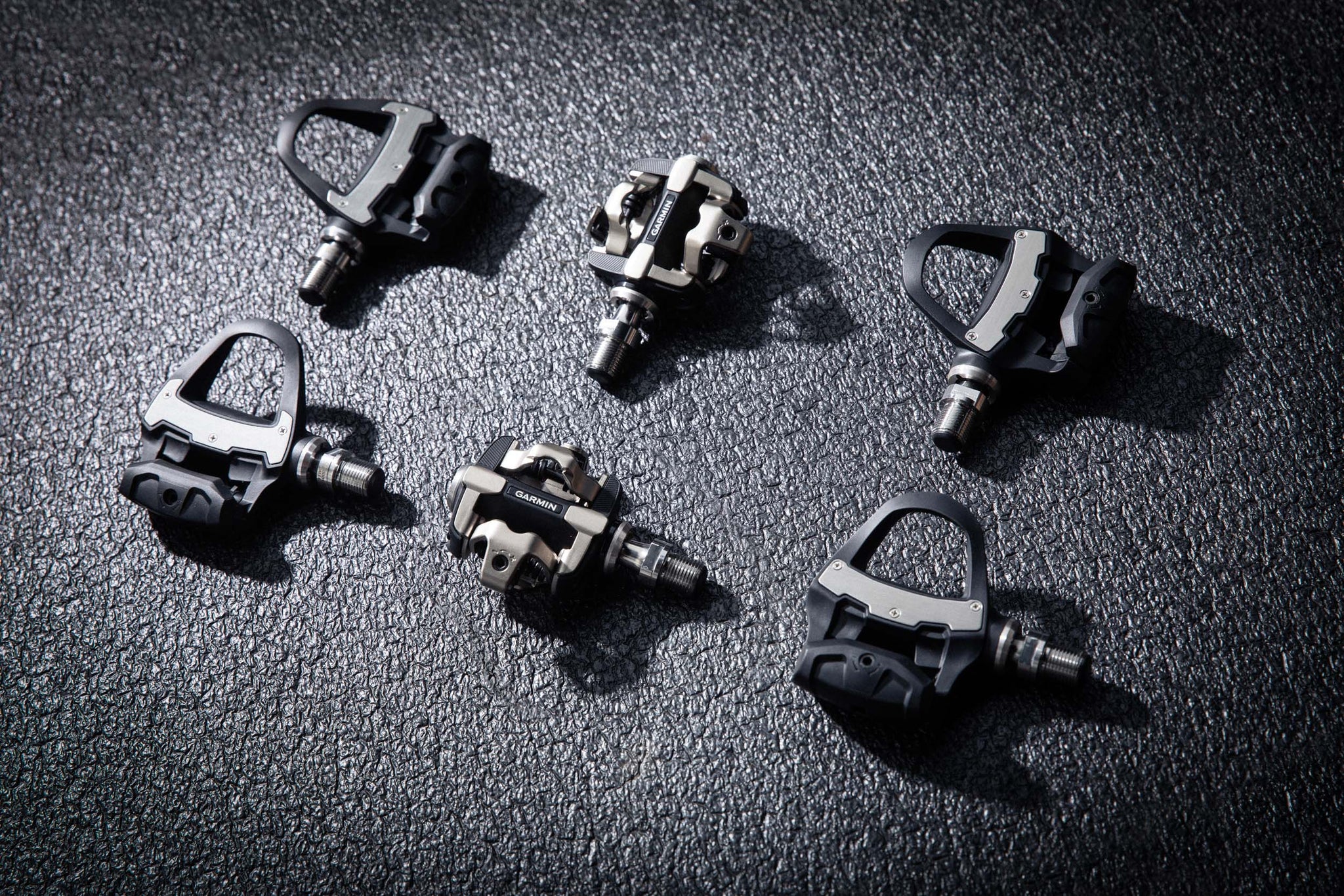
Back to Journal